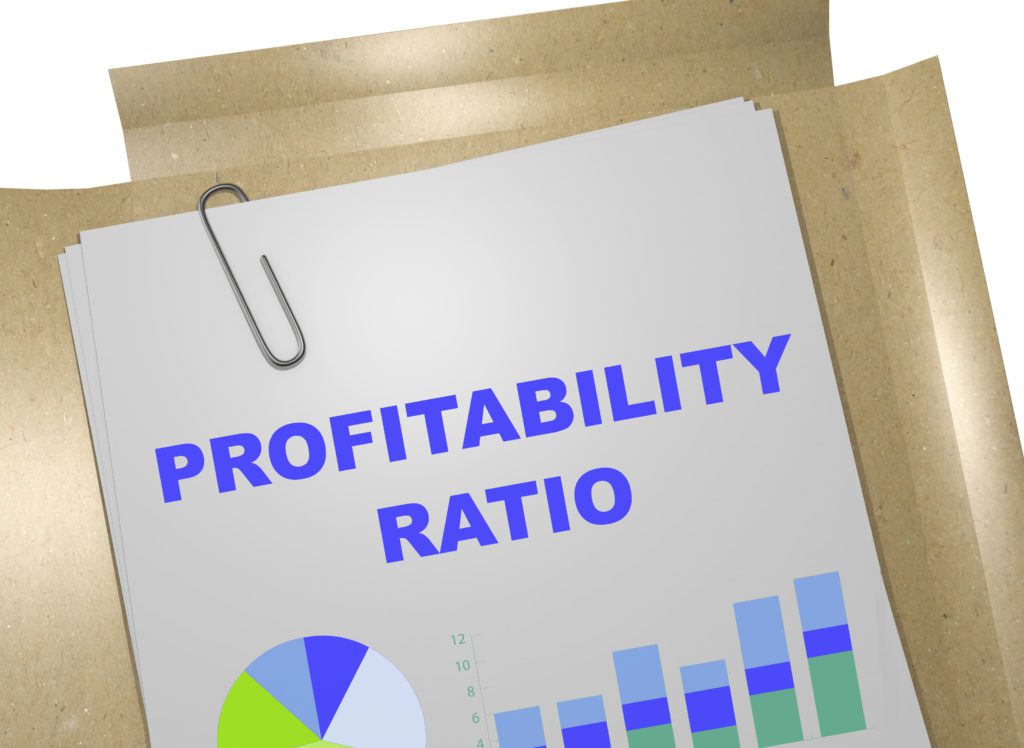Running a business requires lots of analysis and background mathematics that express guaranteed and possible profitability. It is on this basis that we run a company or business, and also how the business attracts investors. In addition, one very important analysis to carry out is the profitability ratio. This ratio shows a business’s earnings relative to certain parameters, and if you’re looking for exactly how it works, then you’re in the right place. In essence, this article covers the basics of profitability ratio, along with every other thing you should know.

What is profitability ratio?
This is basically a series of financial metrics or measurements that are used to gain insight into a business’s potential to generate earnings. Also, the profitability ratio is calculated relative to the businesses operating costs, revenue, shareholders’ equity, and balance sheet assets over a specific duration. Furthermore, when estimating profitability ratio, only data from that specific point in time is used.
Generally, the higher the profitability ratio, the better it is. This means that the company has a higher potential to generate earnings. Also, asides from that, the ratio numbers also provide more information when compared to other parameters like the result from similar companies, the industry average or the company’s previous performance.
What is the profitability ratio formula?
When calculating the profitability ratio, there is a specific formula that must be used. Also, just as earlier said, the higher the ratio, the better the company’s potential for positive returns.
Mathematically, profitability ratio =
Net profit / Sales x 100.
Also, Net profit = Gross profit + Indirect income – Indirect Expenses.
What are the three main profitability ratios?
We can classify profitability ratio into three basic types, although there are over a dozen of them in reality. They are:
Margin ratios:
basically, margin ratios simply show how well a business converts revenue into profit. Therefore, it measures its ability to generate different types of profits as a proportion of its revenue. Also, margin ratios can be further divided into; net profit margin, EBITDA margin and operating profit margin.
Net profit margin:
We do this to subtract the total costs of a business. Therefore, it includes interest, tax and others, and you can express it as Net profit/ Revenue x 100.
Operating profit margin:
Operating profit margin is the business revenue minus its operating expenses or daily running cost. Also, unlike the net profit margin, it does not include interest or tax owed by the business. We express the operating profit margin as (Net profit + Interest + Tax)/ Revenue x 100.
EBITDA Margin:
This ratio takes a step further than the operating profit margin by not including amortization and depreciation costs, along with interest and tax. Furthermore, it is expressed as: (Net profit + Interest + Tax + Depreciation + Amortization) / Revenue x 100
Return ratios:
Return ratio estimation tilts towards the side of the shareholders. In essence, it shows how well a business can generate returns for shareholders. Furthermore, we calculate the return ratio using elements in the business’s balance sheet, including its profit-and-loss account. Therefore, it basically uses the income statement. Examples of return ratios include return on equity (ROE), return on assets (ROA), and return on capital employed (ROCE).
Return on capital employed (ROCE):
This indicates how well a business uses its resources and the higher the percentage, the more effective the business is. Also, we express ROCE (Operating profit / Capital employed) x 100.
Return on equity (ROE):
This expresses the profit per dollar invested in a business by shareholders. Basically, it shows how well a business is managing its investments. We express as (Net profit / Shareholder equity) x 100
Return on assets (ROA):
Just like ROE, this shows how well a business utilizes its assets to generate profits relative to its cost. Furthermore, we express ROE as (Net profit / Total assets) x 100.
Cash flow ratios:
Lastly, cash flow ratios show how well a business covers sales to cash. Also, it displays, in relative terms, whether the business is building a cash surplus or a deficit. Cash flow ratios are important because a business might be very profitable but too slow to collect payments, causing it to slowly run out of cash. In essence, this is one reason why businesses fail. Also, the different types of cash flow ratios include cash flow margin and net cash flow.
Conclusion
Profitability ratio is a very important estimation for businesses and investors. Also, its values and sub-values show an in-depth picture of a business, therefore providing decision-makers with the right information to make the right choice.